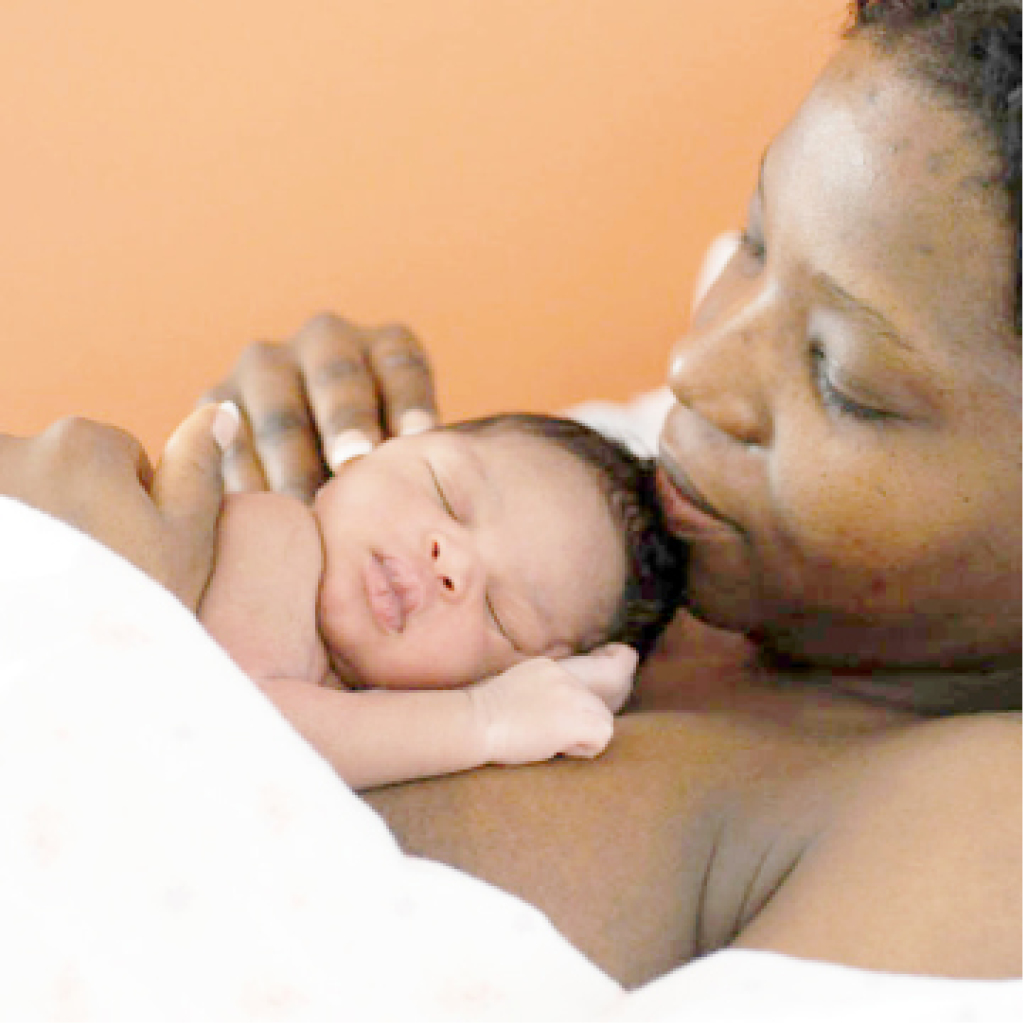‘Kangaroo care’ rises 132% in Gombe
A five-year project in Gombe has seen an increase in the number of health workers and women practising skin-to-skin nursing rise by 132% over the last five years. Skin-to-skin nursing also called “kangaroo care” emphasizes the importance of holding a naked or partially naked child against the bare skin of its as long as possible […]

A five-year project in Gombe has seen an increase in the number of health workers and women practising skin-to-skin nursing rise by 132% over the last five years.
Skin-to-skin nursing also called “kangaroo care” emphasizes the importance of holding a naked or partially naked child against the bare skin of its as long as possible daily, and is used in caring for babies born prematurely.
The State Accountability and Quality Improvement Project (SAQIP), working with health workers in 57 wards of Gombe, was started in 2014 to “improve the governance capacity and performance of public health system, improve accountability, get communities to participate in health systems and encourage uptake of commodities for maternal, newborn and child health (MNCH).
Skin-to-skin care is among MNCH interventions recommend to tackle newborn deaths.
“Many did not even know that it was important, but now that awareness has improved,” said Jemeh Pius, director of programmes at Pact West Africa, which implements SAQIP alongside three other grantees with funds from the Bill & Melinda Gates Foundation.
Over the five years, the project also reported a 250% increase in the availability of life-saving MNCH commodities, reached some 46,000 women of child-bearing age with MNCH-related education.
The women were also empowered to save in groups, got access to loans to improve their livelihood and provide access to health services.
“Many of those groups were able to save a whole lot of money, they can access loans to start a business. So many of them have started businesses and that also increases their ability to pay for health-related services,” Pius told Daily Trust in Abuja.
The project targeted communities and primary health centres across all 57 wards. It got a pool of master trainers to provide training and supervise health workers at work, teaching them best practise and monitoring them follow through.
Workers in health facilities and residents in the community formed a “quality improvement team” in each ward to ensure the community was involved in problem-solving at the health facilities.
A total of 1872 “mothers’ groups” have been established by August. They are groups of women who pool their resources to improve their livelihood, offering loans for business.
By June, the group had pooled more than N158 million and given out 30,896 loans.
The project also funded the renovation of 53 health facilities, 30 solar power unit, construction of 15 boreholes, 24 generators and six ambulances.
Gombe has committed to keep on the sustainable aspects of the project—to strengthen ward development committees and ensure primary health facilities statewide have the same quality of care as those used in SAQIP.
“We can answer the question of so-what,” said Natasha Sakolsky, of the Pact Institute, referring to what follows after the project winds down.
“Often projects don’t have data to support the results. SAQIP does. Often you talk about the process of a project but you are not able to look at the impact. If you have data you are better able to plan,” said Sakolsky.
